Rethinking diagnostics in
cardiology
with quantum
sensing & AI

Our Vision & Mission
Reliable and absolutely side-effect-free functional diagnostics and preventive functional diagnostics for the entirety of cardiovascular diseases.
Building on the results of 20 years of research, we are creating a semi-open platform that for the first time opens up the huge potential for magnetocardiography (MCG) with the most sensitive quantum sensors for accurate diagnostics in cardiology, precision medicine and drug development.
- Revolutionizing the precision of cardiology diagnostics
- Highly effective patient-specific medication
- Risk minimization in drug development
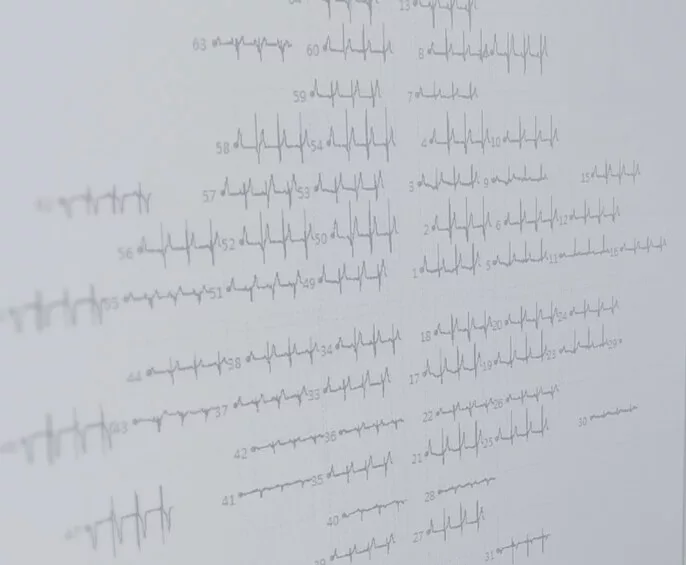
Our Solution
What we do
We will deliver a revolutionary MCG platform from 2027 consisting of:
- an advanced physical platform based on quantum sensing
- Software platform for clinical research
- Software platform for cardiological diagnostics
- 6 first certified scores for the most important heart diseases
- 3 first certified assays for cardiac precision medicine
Here you can follow our progress with the greatest possible transparency: Link to the pipeline
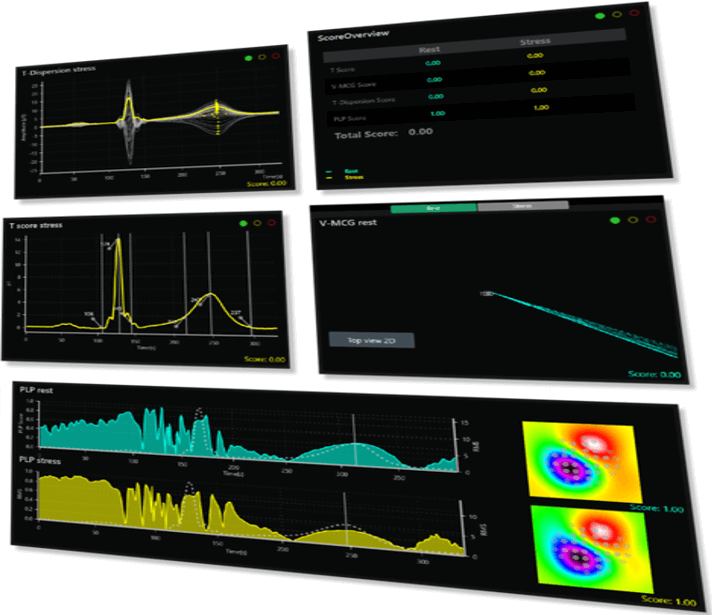
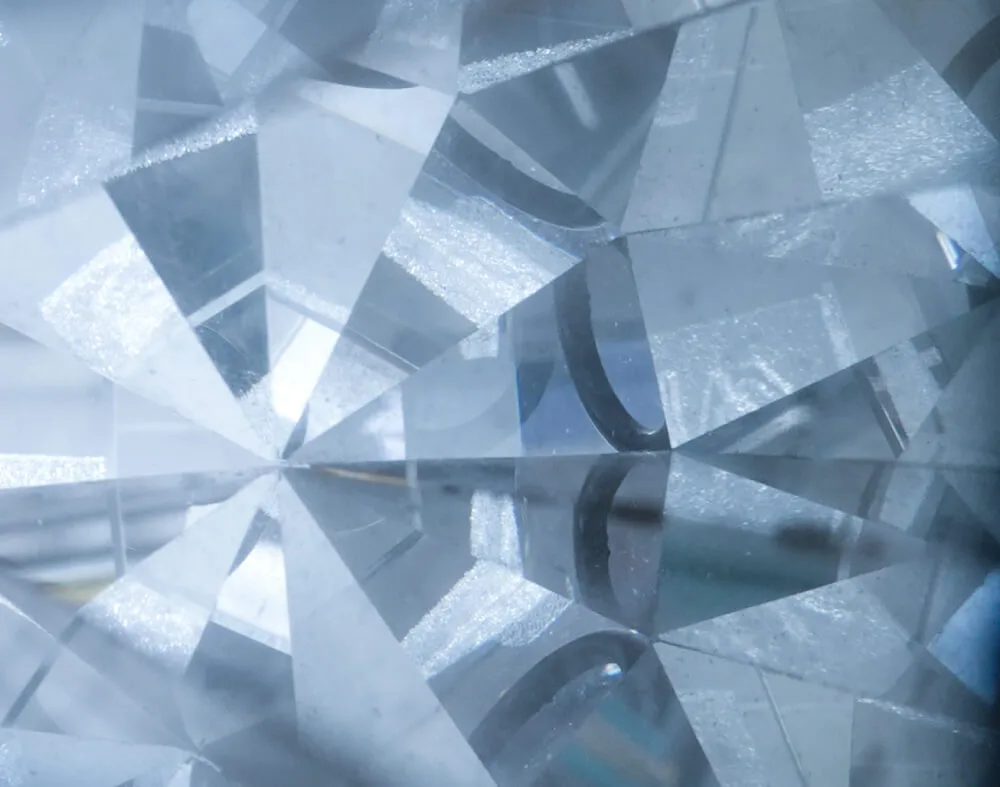
Technology
Measuring Calcium Transient in Vivo!
Based on quantum sensors magnetocardiography shows a completely new quality of signal content (signal entropy) for functional diagnostic approaches. MCG indirectly measures the cardiac ion currents deep in the heart tissue cells by measuring the magnetic fields generated by these ion currents. Tissue and bone do not attenuate these magnetic fields. The quantum sensors used achieve a sensitivity in the single-digit femto-Tesla range (10-15 Tesla).
In late 2021 bmp began to develop a method* of characterizing cardiac intracellular ion currents accurately. This has opened the door to new dimensions of sensitivity and specificity for diagnostic approaches in the totality of cardiac diseases.
*patent pending
Positioning Statement
Platform Strategy
Over the past 35 years, dozens of initiatives around the world have competed with each other to harness the enormous potential of magnetocardiography for medical diagnostics. The individual technological achievements were very impressive. What was missing, however, was the realization that MCG is Deep MedTech. This means that there was no groundbreaking strategy that would make the full range of diagnostic benefits of MCG transparent and manageable for physicians in everyday clinical practice.
bmp wants to change that with a modern, semi-open, partner-based platform strategy and the means and methods of today.
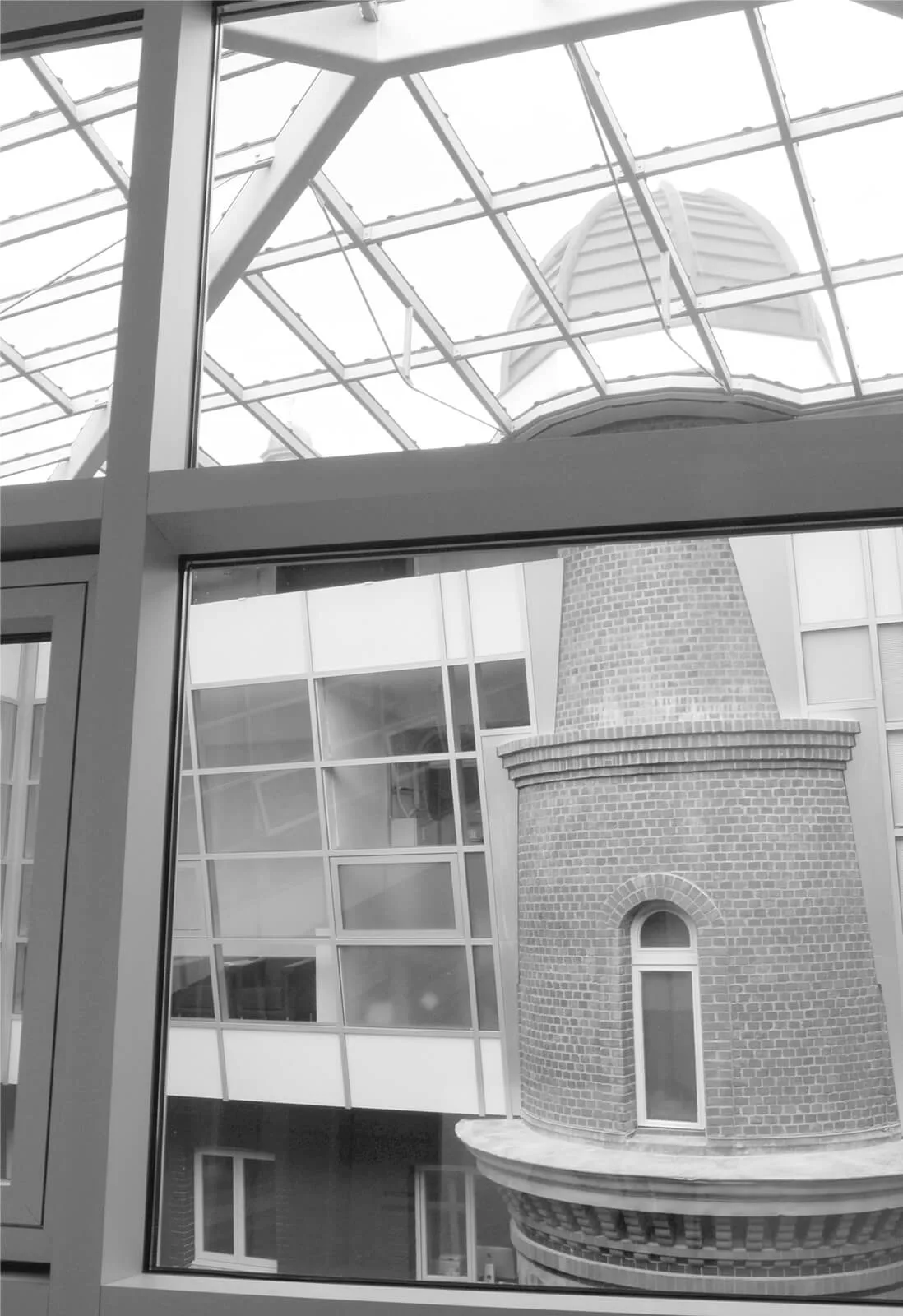
Application-programs
Software Platform
Physical Platform
Legal platform framework
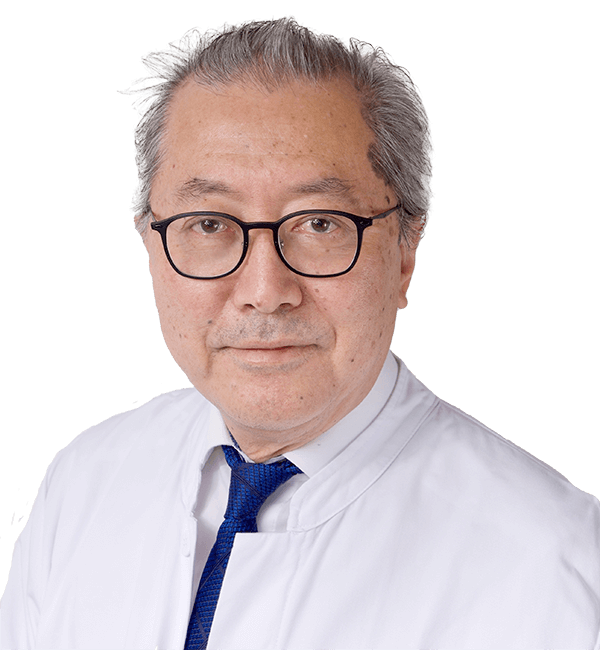
People behind
Science meets Entrepreneur
In the early 1990s, as a young cardiologist, I learned from studying the literature that it was possible – in a purely non-invasive way – to precisely measure the extremely small current flow generated by the human heart itself, namely, by measuring the associated magnetic field with highly sensitive quantum sensors. As a physician with a special interest in cardiovascular physiology, it was immediately clear to me that this measurement technique could be used to directly derive the action potential without having to cut open or puncture the heart. Over the past 20 years, starting in 2002 in Hoyerswerda, Germany – in addition to my main job as chief physician of various cardiology departments – I have led today’s bmp CS-MAG III to clinical application through consistent research and development and collected solid scientific data sets from more than 8,000 heart patients with up to 20 years of follow-up. Until 2020, our main clinical indication and application was ischemia diagnosis. After starting cooperation with other scientific groups in 2021, we have made tremendous progress in myocarditis diagnostics and sudden cardiac death prediction. In particular, the recent discovery and development of the new non-invasive measurement method of “magnetoionography” should be emphasized.
In 1988, I graduated in Computer Engineering in Dresden (East Germany) and started a PhD. But my passion was entrepreneurship. In the former GDR, that was unthinkable in the tech industry. Forbidden! In 1989, the wall came down. After 30 years, our company had 300 software developers and a very good reputation especially in the Medical technology industry, energy industry and eCommerce. There were more and more takeover requests. My co-founder Viola Klein and I didn’t want that. Then came Carl Zeiss and a dream marriage with satisfied employees. In 2019, we joined bmp as an investor. Only after my contract with Zeiss ended in spring 2021, I could dive deep into the content. Conclusion in mid-2021: The basis of 20 years of research and the global network are unique in the world, but our classic MedTech device strategy – jointly decided in 2019 – was stale and unsuitable. Since this realization, we have been working on the restructuring of bmp and our new semi-open MCG platform strategy. The speed of implementation with initial impressive results and the now unique competitive position have prompted me to take over operational responsibility as Managing Director of bmp on January 1, 2023.
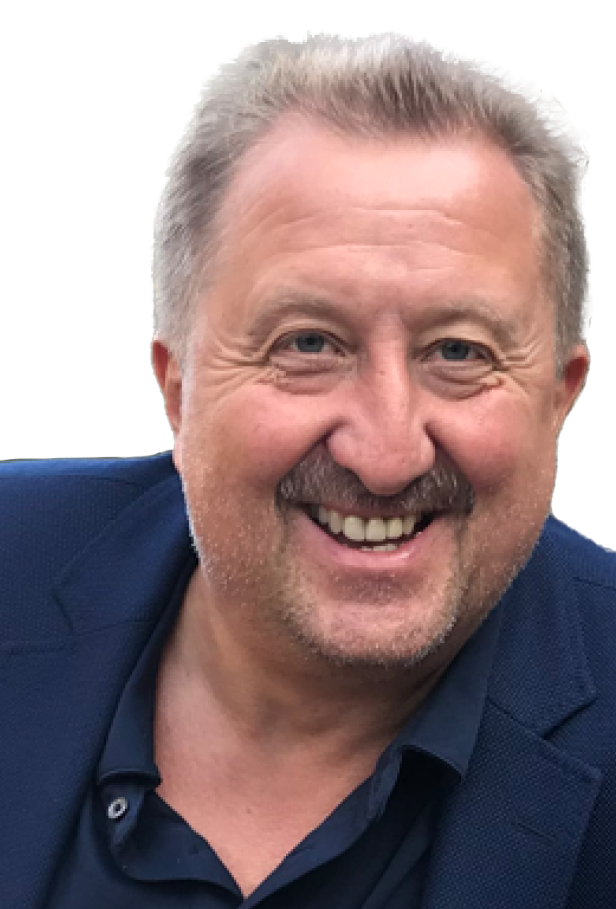
Pipelines
- Focused on harnessing the full range of diagnostic benefits of quantum sensing & AI in cardiology.
- Step by step and fast with highest visibility for all stakeholders.
- 2021/22 for bmp was a period of rethinking and implementing a completely new strategy.
As a first result we were able to build a program pipeline based on recent diagnostic breakthroughs. We manage this pipeline “agile”, meaning that we reprioritize as needed, e.g. when new highly useful and rapidly actionable diagnostic approaches have been found. Speed and accuracy are not opposites when using state-of-the-art methods.
Key prioritization criteria include the unmet urgent diagnostic need, the advantages of quantum sensing MCG compared to other diagnostic approaches and the time needed to bring the diagnostic approach candidate into clinical trials and certification by the EMEA (EU), FDA (USA), NMPA (China). The power of the bmp diagnostic is founded on 5 basic electrophysical parameters/methods, developed by bmp 2005 – 2022 (detailed information you´ll find here).
*US patent pending or in preparation
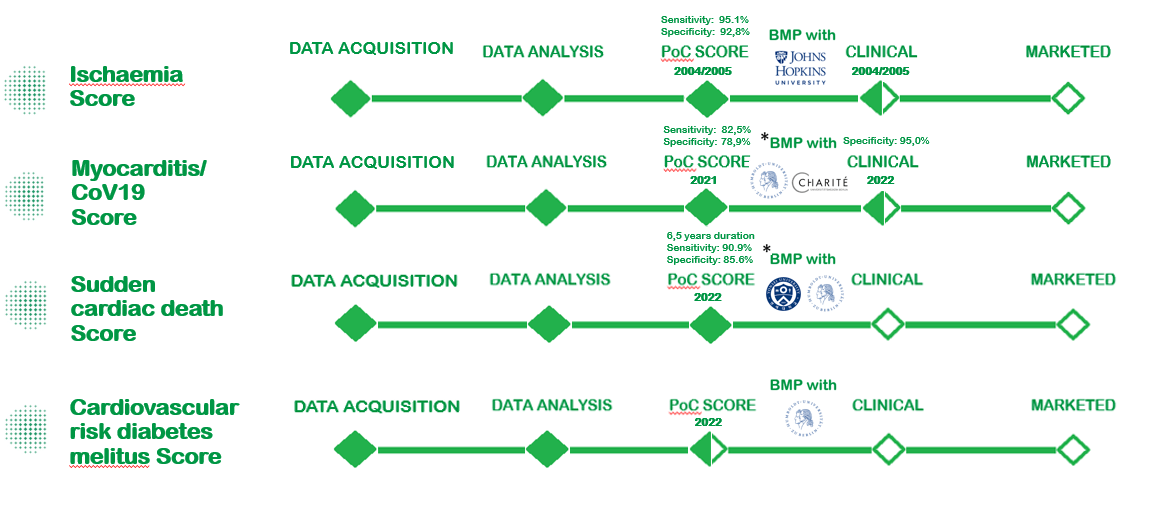
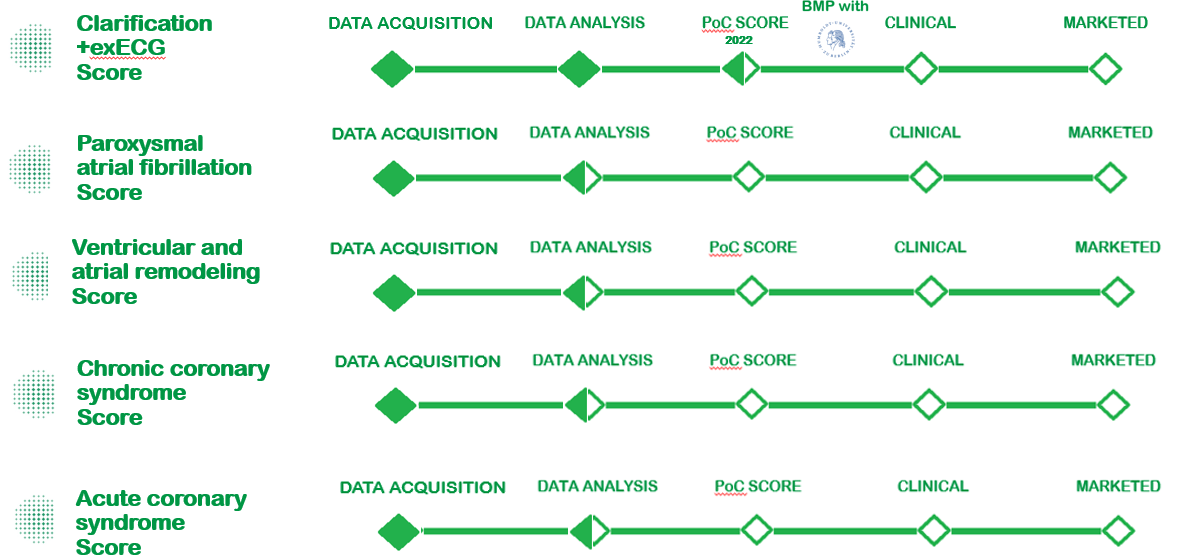

Cell membrane ion currents and intracellular ion currents control each phase of the heartbeat. Magnetoionography (MIG) is a new method, derived from MCG and patented by bmp in August 2022, which allows for the first time to characterize these individual ion currents in heart muscle cells. This means that we can now measure disturbances in these ion currents. These disorders are generally caused by malfunctions of ionic membrane channels or intracellular receptors. These malfunctions in turn are caused by e.g. congenital characteristics, consequences of acute or long-ago infections or medication that causes strong individual side effects. Therefore, the MIG has the potential to be a game changer for precision medicine and drug development. Excerpt from Pitch Deck.
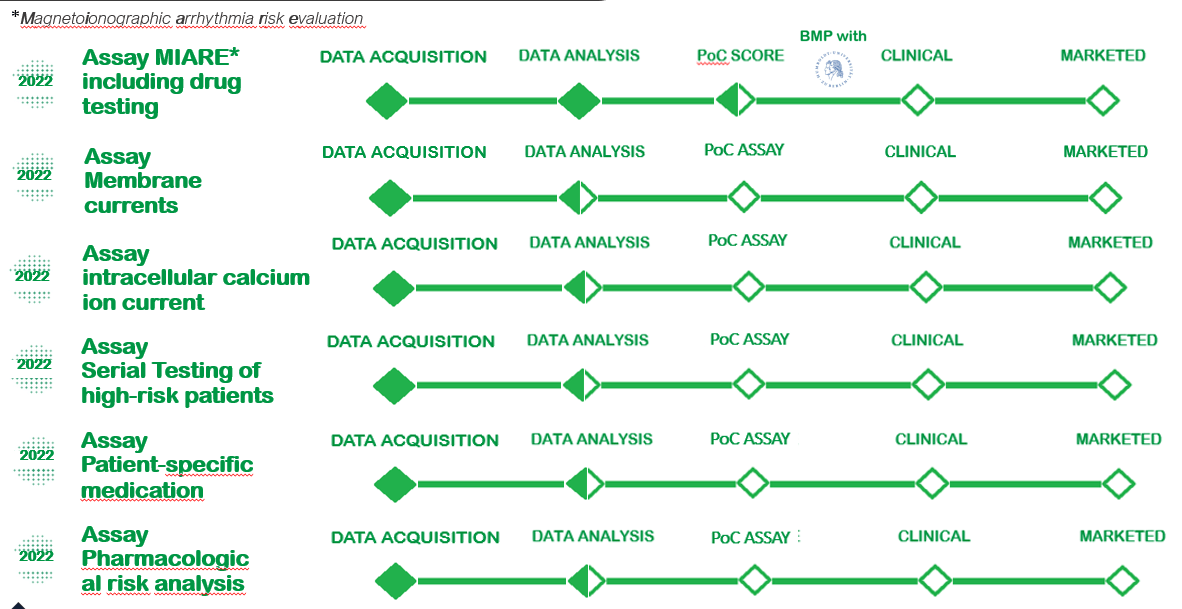
Magnetorelaxometry (MRX) or superparamagnetic relaxometry (SPMR) is a technology that utilizes SQUID sensors and superparamagnetic nanoparticles (NPs) to detect diseased tissues. This method is – in opposite to classic MCG and the new MIG – not side effect free. The pipeline consists currently only of one application, the detection of vulnerable plaque. What this means you´ll find here: Excerpt from Pitch Deck and how it works physically
Advisory Board
The advisory board of bmp consists of pioneers in Quantum Sensing Magnetometry for diagnostic applications in cardiology and neurology, globally experienced strategists and entrepreneurs, especially in the field of Deep MedTech.
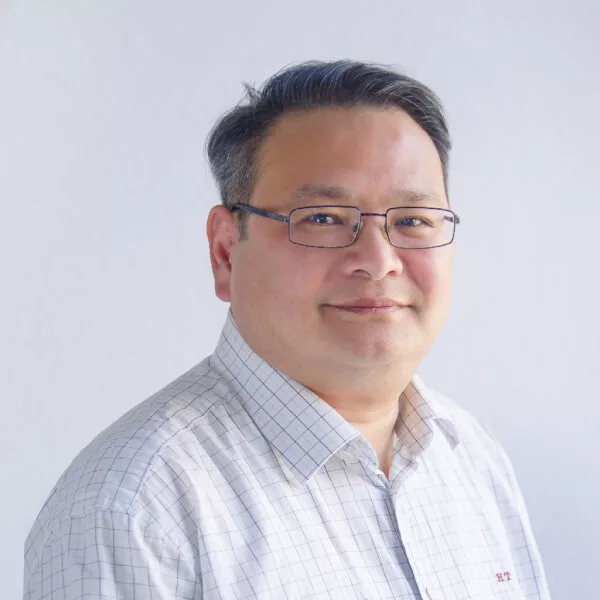
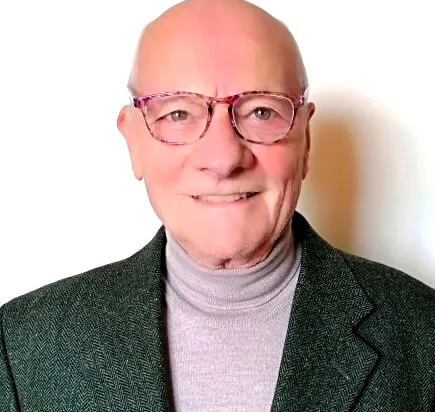
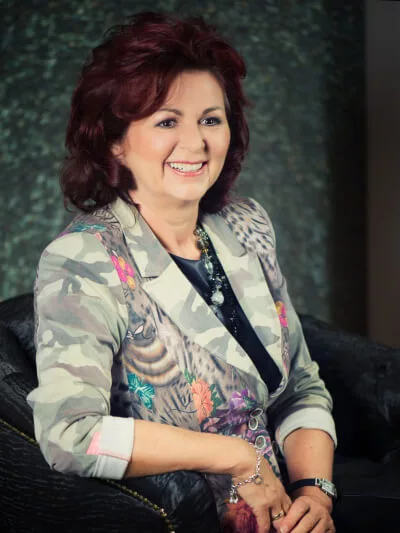
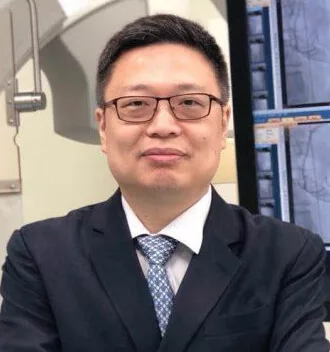
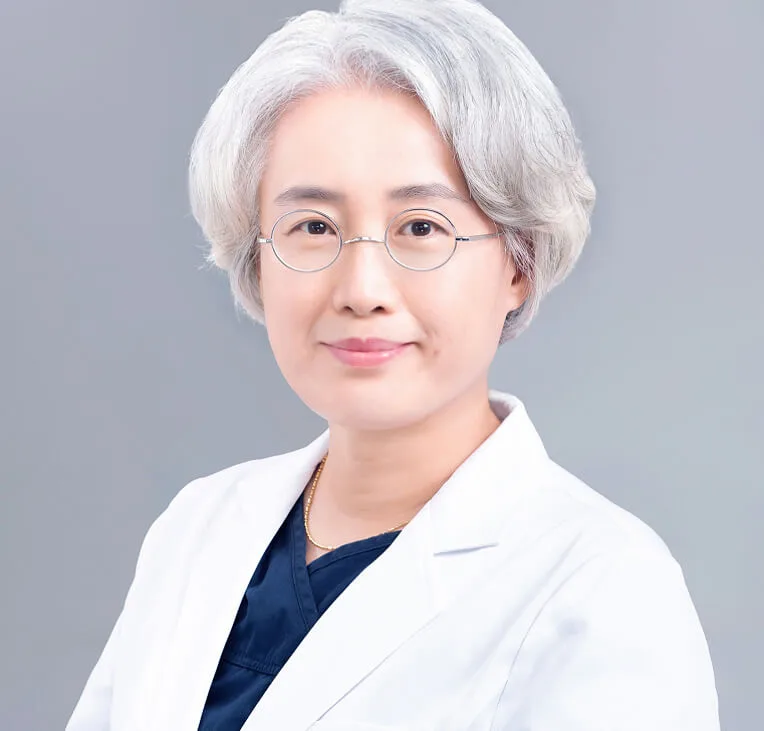
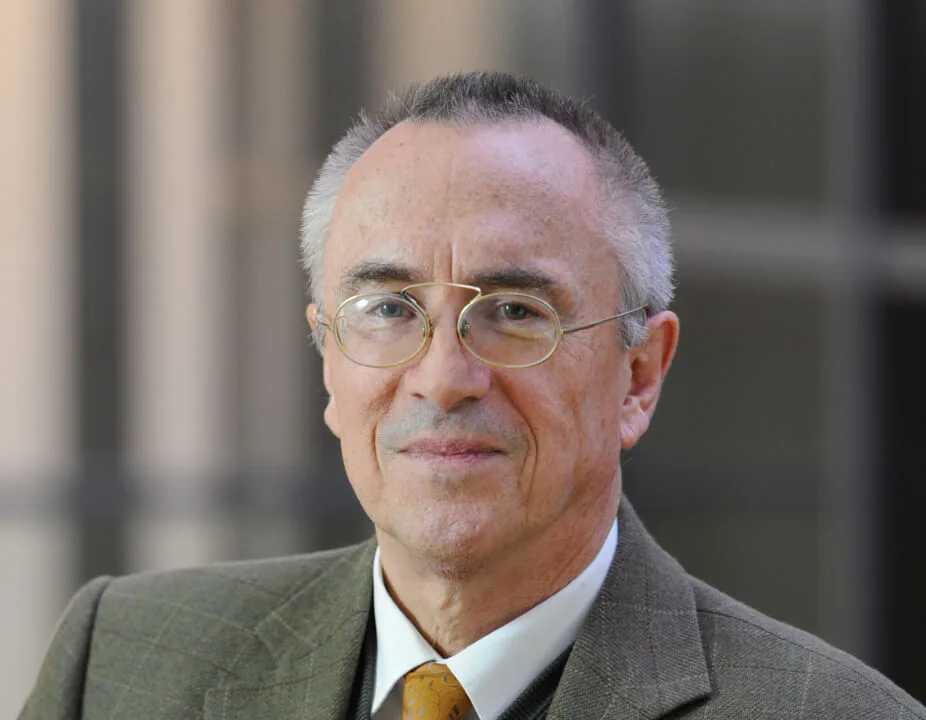

2022/2023
In the last 24 months, with a monthly budget of only €50,000, bmp was able to make groundbreaking progresses with its strong research network. The basis for all this was private investment amounting to €13 million between 2010 and 2022. But now it’s harvest time! If you are interested in the potential next big thing in precision and preventive diagnostics, please look here.




